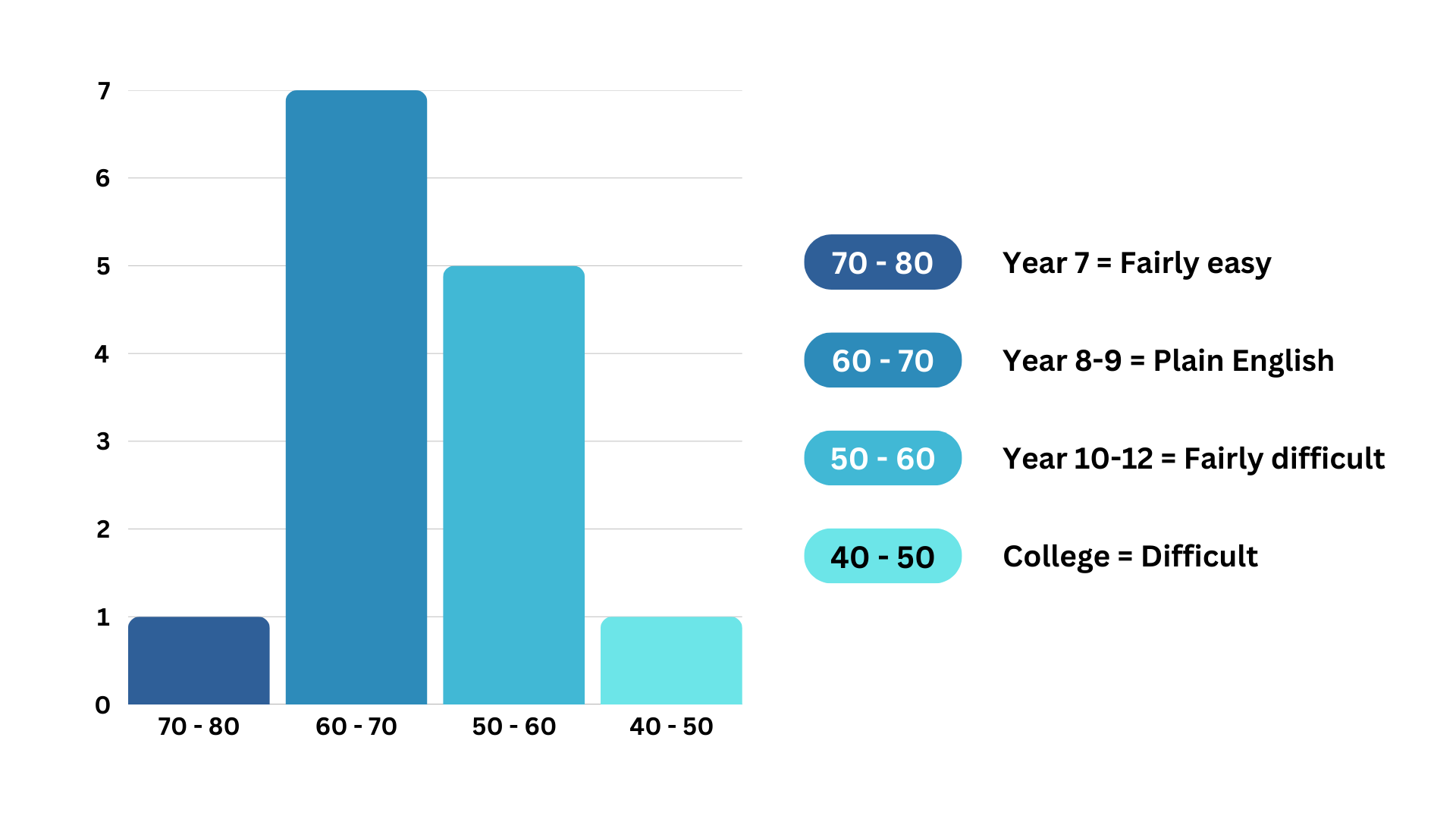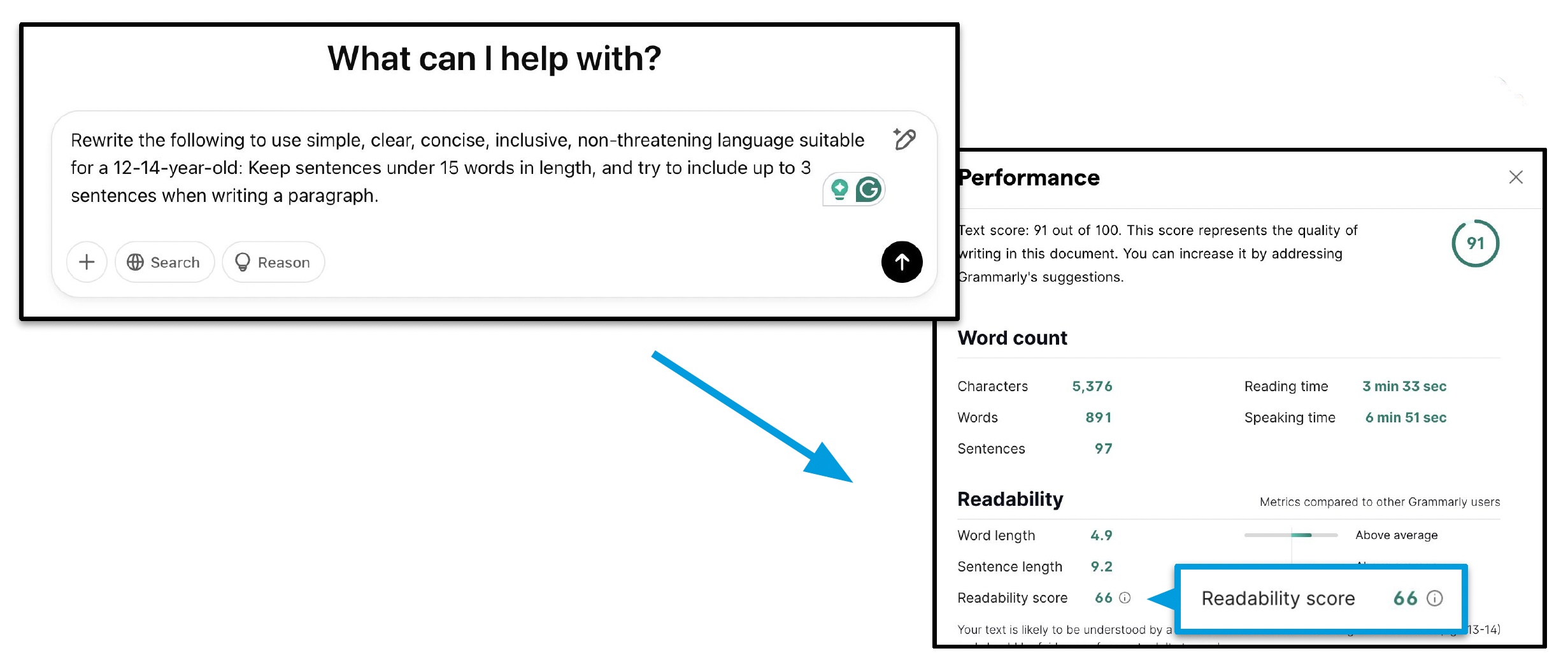Amber Henry presented at DrupalSouth Melbourne 2025, covering the DTA’s new Digital Experience Policy, the Australian Government Style Manual, and sharing practical tips for writing clearer, more accessible content.
Watch the presentation:
Digital Experience Policy
The Digital Transformation Agency (DTA) Digital Experience Policy (DX Policy), sets important standards for how government websites and digital services should perform, ensuring they deliver user-friendly and accessible experiences. The policy establishes performance benchmarks for whole-of-government digital services, helping agencies design user-centred experiences.
There are 4 standards, each standard has a set of criteria with an explanation of the criterion, how to apply it and guidance and resources.
- The Digital Service Standard outlines the essential guidelines for designing and delivering digital services for government.
- The Digital Access Standard outlines the requirements for agencies to make informed decisions and minimise duplicate entry points to government digital services.
- The Digital Inclusion Standard defines the requirements for creating inclusive and accessible digital government experiences.
- The Digital Performance Standard outlines the approach for monitoring digital performance across government services and supporting data-driven decisions for digital and ICT investments.
Australian Government Style Manual
The Australian Government Style Manual provides guidance in a number of areas, which agencies will be very familiar with. The following sections are relevant for content authors and editors who are designing and creating content for government sites:
What is Flesch Kincaid?
The Flesch Kincaid score (0 to 100) provides a measure of how complex the writing level is for a given piece of content. It is calculated by referencing the sentence and word structure of the content. Simpler pieces of content will score higher.
The DTA has recommended a reading level of a Year 7 student, which would be a score of around Flesch Kincaid score of 70-80.
Regardless of literacy levels, all users want to be able to interact with government easily. Respect their time by writing in plain language. Check that your content is a reading level 2 (Australian year 7 equivalent). This level also helps users with higher literacy.
Source: Australian Government Style Manual
Flesch Kincaid reading levels
Score | School level | Notes |
100.00–90.00 | 5th grade | Very easy to read. Easily understood by an average 11 year old student. |
90.0–80.0 | 6th grade | Easy to read. Conversational English for consumers. |
80.0–70.0 | 7th grade | Fairly easy to read. |
70.0–60.0 | 8th & 9th grade | Plain English. Easily understood by 13 to 15 year old students. |
60.0–50.0 | 10th to 12th grade | Fairly difficult to read. |
50.0–30.0 | College | Difficult to read. |
30.0–10.0 | College graduate | Very difficult to read. Best understood by university graduates. |
10.0–0.0 | Professional | Extremely difficult to read. Best understood by university graduates. |
How is the Australian Government doing?
Morpht recently evaluated fifteen widely used government agency websites and ranked them based on their Flesch reading scores.

The overall average Flesch reading score was 60.4, indicating content suited for a Year 8-9 reading level. Of the fifteen sites, only one reached the Year 7 benchmark of 70 or above, scoring 72. Seven sites fell within the 60-70 range, and five sites scored below 60.
These results indicate that the majority of the sites are simplifying language and making a conscious effort to make content accessible for all, however, very few sites are meeting an overall average reading score above 70 if we base it on the Flesch method.
“Readability is more than a number”
As the Australian Government style manual says, “Readability is more than a number”.
The style manual suggests:
- Avoid over-editing your content just to achieve a better reading score
- Stick to the basics of using plain language and a consistent tone of voice
- And focus on the structure of your content
After further reviewing specific pages on each site for various audiences, the results showed that pages that are aimed at the general public or users seeking information and help have a much higher reading score compared to content that covers laws and legislation.
Useful tools
Grammarly & Hemingway
Free writing assistants like Grammarly and Hemingway can help improve readability by suggesting clearer language and correcting grammar. Microsoft Word also has this functionality, which is a commonly used software across government agencies.
With Grammarly and Hemingway, the pro versions of these apps offer extra functionality such as AI writing assistants, and additional settings for accessibility levels and tone of voice for example.
The reading levels are more generous in these apps compared to the Flesch Kincaid Calculator score, most likely because they consider the tone of voice and readability. Not just a mathematical equation on the number of syllables and sentences.
Use of AI tools in Australian Government agencies
The Australian Government’s Policy for the responsible use of AI in Government, effective 1 September 2024, establishes a framework to guide agencies in the safe, ethical, and transparent adoption of artificial intelligence (AI).
Under this policy, non-corporate Commonwealth entities are required to designate accountable officials by 20 November 2024 and publish AI transparency statements by 28 February 2025. These measures are designed to ensure clear accountability and openness regarding AI usage with government agencies.
AI tools
Generative AI tools like ChatGPT, Gemini and Perplexity are very useful when writing content. AI tools are being used everywhere now and for many reasons and many tasks. We also know that AI tools have been integrated into Drupal 11, which will be a great addition for content authors.
AI: Prompts
Using AI tools is about getting your prompts right for the purpose of what you are doing or asking.
In this example, ChatGPT and Grammarly were used to improve the readability of an article - a Morpht blog post, which was aimed at technical industry audience..
The article as copied into Grammarly and accepted any suggestions, which resulted in a reading level of 59, which is Year 9 level.
The article then was processed with ChatGPT with the following prompt:
Rewrite the following to use simple, clear, concise, inclusive, non-threatening language suitable for a 12-14-year-old: Keep sentences under 15 words in length, and try to include up to 3 sentences when writing a paragraph.

Copying the results back into Grammarly and the article now has a reading level of 66, which is a Year 8 level.
So this particular example shows that you can improve your content by using these two tools.
Conclusion
Authoring better content
Writing content for a government website involves a careful and structured process to ensure it meets the necessary standards of accessibility, inclusivity, and clarity. Here’s an overview of the key steps:
Understanding your audience
Government websites serve diverse user groups, including people with varying literacy levels, cultural backgrounds, and abilities. It’s crucial to understand your audience’s needs and expectations early in the process. During the discovery phase of a project, gather data on user demographics, behaviours, and specific challenges. This will help tailor content that is clear, relevant, and inclusive for all.
Plan and structure Content
Content for government websites should be well-organised and easy to navigate. Begin by outlining the key messages and goals of the content. Use headings, subheadings, and lists to break up information into digestible sections. Make sure the structure follows a logical flow, allowing users to quickly find the information they need.
Write in plain language
Government content should be accessible to a wide audience, including those with lower literacy levels. Write in plain language to ensure clarity. This means:
- Using short, simple sentences.
- Avoiding jargon and technical terms unless necessary, and providing explanations when used.
- Using active voice to make content more direct and easier to understand. The goal is to ensure that even those with lower reading skills can easily engage with the information.
Maintain Consistency
Consistency in tone, style, and terminology across a website is crucial. The Australian Government Style Manual provides guidance on tone of voice and language use to ensure clarity and uniformity. Stick to these guidelines to create a cohesive user experience.
Validate and test readability
Once the content is drafted, assess its readability using tools such as the Flesch Kincaid Calculator, ChatGPT and writing assistants like Grammarly. Aim for a Year 7 reading level as recommended by the DTA, but ensure your content remains readable.
And if possible, testing content with users from diverse backgrounds, varying digital and literacy levels and abilities.



